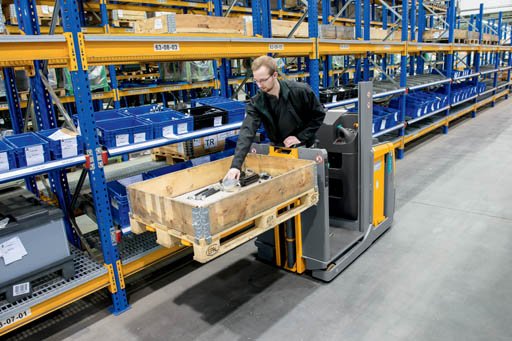In the fast-paced world of logistics and supply chain management, warehouse efficiency is crucial for business success. An optimized warehouse layout can significantly impact productivity, reduce operational costs, and improve overall performance. This article will explore various strategies and techniques to enhance your warehouse layout, ultimately leading to improved efficiency and streamlined operations.
1. Analyze Your Current Layout
Before implementing any changes, it’s essential to thoroughly assess your existing warehouse layout. This analysis will help you identify bottlenecks, inefficiencies, and areas for improvement. Consider the following steps:
- Conduct a comprehensive inventory of your storage systems and equipment
- Map out the current flow of goods and personnel
- Analyze historical data on order patterns and product movement
- Gather feedback from warehouse staff on daily challenges and pain points
2. Implement a Logical Flow
An efficient warehouse layout should facilitate a smooth and logical flow of goods from receiving to shipping. Consider these principles:
- Design a U-shaped or circular flow to minimize travel distances
- Place frequently accessed items near the shipping area
- Group similar products together for easier picking
- Ensure clear, unobstructed pathways for forklifts and personnel
3. Optimize Storage Systems
Choosing the right storage solutions can dramatically improve space utilization and picking efficiency. Consider these options:
- Pallet racking for bulk storage
- Shelving units for smaller items
- Mezzanines to utilize vertical space
- Automated storage and retrieval systems (AS/RS) for high-density storage
One innovative solution worth considering is the Modula NEXT system, which combines vertical storage with advanced inventory management software to maximize space utilization and improve picking accuracy.
4. Implement Efficient Picking Strategies
Optimizing your picking process can significantly reduce labor costs and improve order fulfillment times. Consider these strategies:
- Zone picking for large warehouses with diverse product ranges
- Batch picking for consolidating multiple orders
- Wave picking to balance workload throughout the day
- Implement pick-to-light or voice-picking technologies for increased accuracy
5. Utilize Vertical Space
Many warehouses fail to make full use of their vertical space. By utilizing the entire height of your facility, you can significantly increase storage capacity without expanding your footprint. Consider:
- Installing taller racking systems
- Using narrow aisle forklifts to access higher levels
- Implementing vertical lift modules for small parts storage
- Adding mezzanine floors for additional storage or work areas
6. Invest in Technology
Modern warehouse management systems (WMS) and other technologies can greatly enhance efficiency and accuracy. Consider implementing:
- RFID tracking for real-time inventory management
- Barcode scanning for accurate data entry
- Automated guided vehicles (AGVs) for material handling
- Data analytics tools for performance monitoring and optimization
7. Optimize Receiving and Shipping Areas
Efficient receiving and shipping processes are crucial for overall warehouse performance. Consider these improvements:
- Implement cross-docking for fast-moving items
- Use mobile workstations for flexible processing
- Install conveyor systems for faster material movement
- Designate separate areas for returns processing
8. Implement Lean Principles
Applying lean manufacturing principles to warehouse operations can help eliminate waste and improve efficiency. Consider these strategies:
- 5S methodology (Sort, Set in order, Shine, Standardize, Sustain)
- Kanban systems for inventory replenishment
- Value stream mapping to identify and eliminate non-value-added activities
- Continuous improvement initiatives to engage staff in ongoing optimization
9. Prioritize Safety and Ergonomics
A safe and comfortable working environment is essential for maintaining high productivity levels. Consider these aspects:
- Ensure proper lighting throughout the facility
- Implement ergonomic workstations and equipment
- Maintain clear and well-marked safety zones
- Provide regular safety training for all staff
10. Regular Review and Adaptation
Warehouse optimization is an ongoing process. Regularly review your layout and processes to ensure they remain effective as your business evolves. Consider:
- Conducting periodic time and motion studies
- Analyzing key performance indicators (KPIs) to identify areas for improvement
- Staying informed about new technologies and best practices in warehouse management
- Encouraging feedback and suggestions from warehouse staff
Conclusion
Optimizing your warehouse layout is a complex but rewarding process that can lead to significant improvements in efficiency, productivity, and cost-effectiveness. By carefully analyzing your current operations, implementing logical flow patterns, utilizing appropriate storage systems, and leveraging modern technologies, you can create a warehouse environment that meets the demands of today’s fast-paced supply chain landscape. Remember that optimization is an ongoing process, and continuous evaluation and adaptation are key to maintaining peak performance in your warehouse operations.

